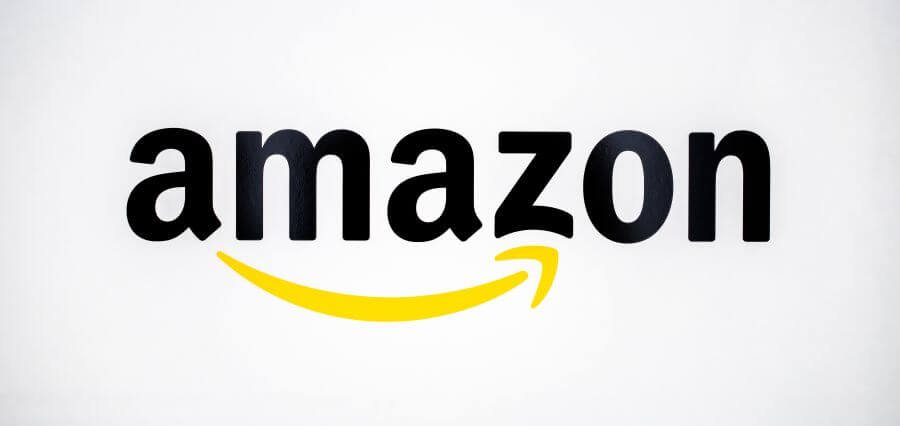Amazon said it plans to start a pilot test of micro-fulfillment locations inside Whole Foods grocery stores. The mini fulfillment centers are aimed at strengthening the shopping of customers and will aim to enhance competitiveness with other grocery retailers that cater to more clients. The pilot test is expected to begin in a Whole Foods location in Plymouth Meeting, Pa., and operations will start within a year.
This new feature allows customers to order products from Amazon’s website, even its online grocery delivery service, Amazon Fresh, at the local stores. The in-shop mini warehouse will help make the order pick up at the checkout that also increases convenience for the customers.
At a media presentation last month in Nashville, Anand Varadarajan, who leads Amazon’s grocery product and technology teams worldwide, revealed a mock-up of the proposed facility. The design features an automated warehouse physically connected to the Whole Foods store, where robots will retrieve all manner of groceries and other products and prepare them for customer pickup.
This arrangement allows customers to buy their favorite non-core items from the stores – like Pepsi and Kellogg’s cereals, in this case – besides Amazon’s wide selection of items available on the company website. The program is meant to facilitate one-stop shopping and alleviate customers’ congestion in hectic travel between stores for one thing or another. It’s a habit many consumers exhibit, as proved by Drive Research: a study found that an average American customer visits two other grocery stores on a weekly basis to save more, explore various options, and grab discounts.
Customers shopping at Whole Foods Market today seek natural and organic products, said Varadarajan. But many are coming here for their weekly grocery needs based on data from other stores, he added. The micro fulfillment center will assist in eliminating the need for extra trips or multiple online orders.
The company, in its pursuit of taking an expanded share of the grocery segment-a business which constitutes a significant portion of its revenues-continued competing fiercely with entities like Walmart and Kroger, kept investing smartly, for example, purchasing Whole Foods for $13.7 billion in 2017, and also setting up Amazon Fresh.
As such, the company is perfectly positioned to strengthen the grocery market presence as it remains innovative based on the changing needs of the consumers.





